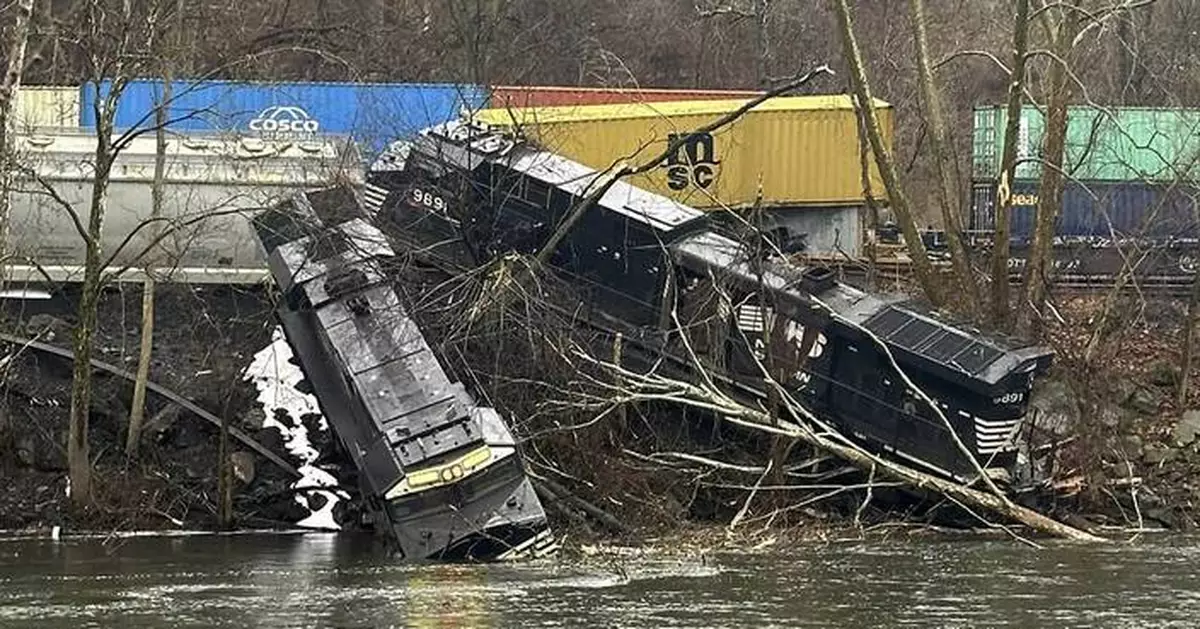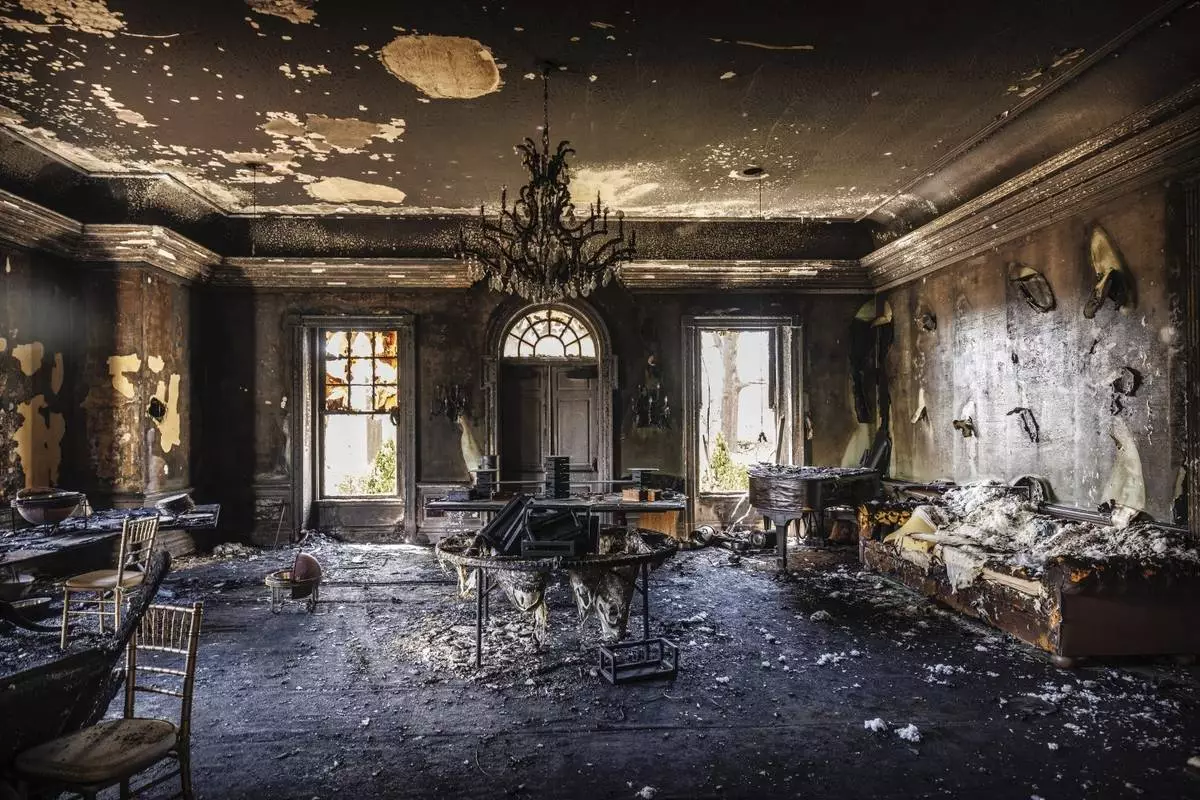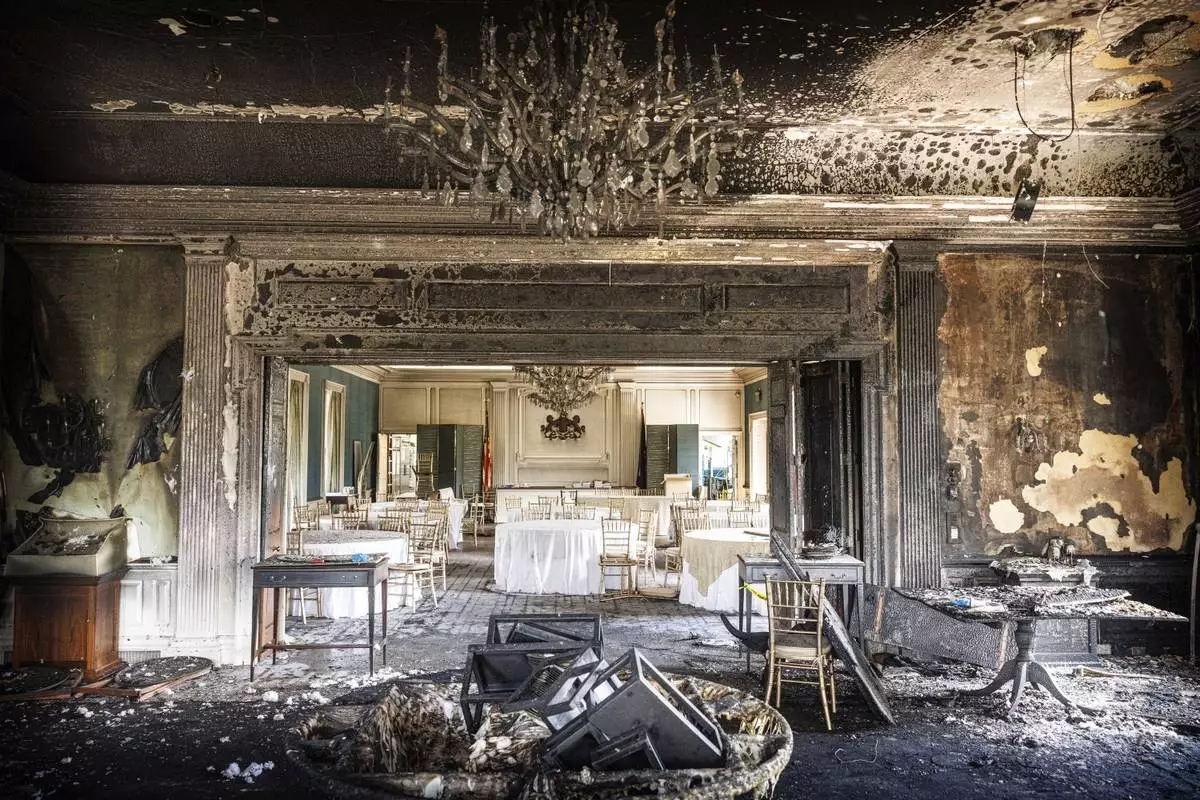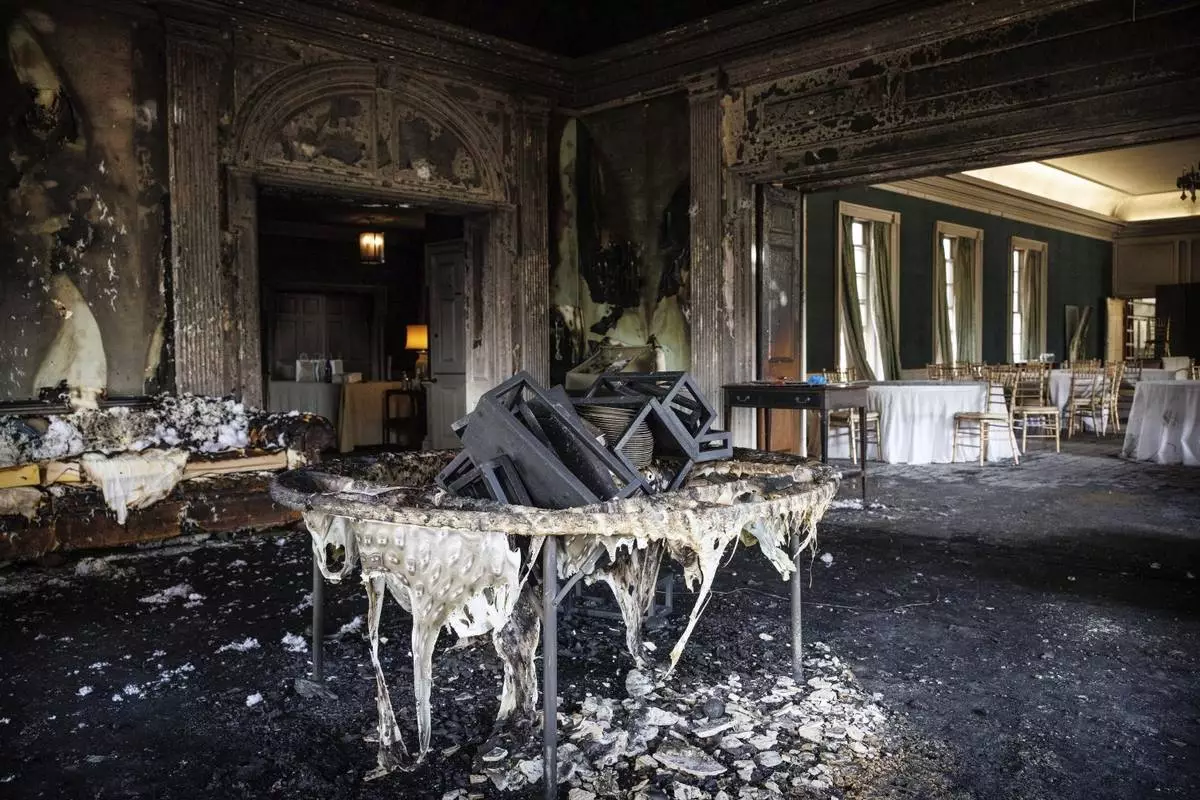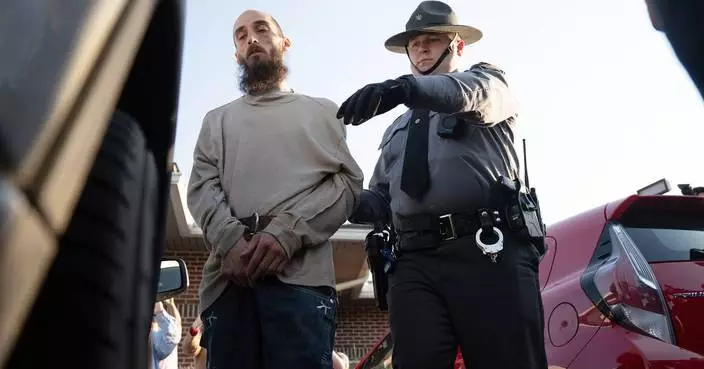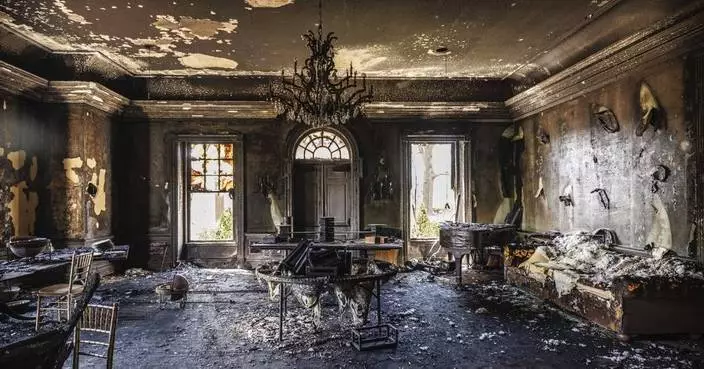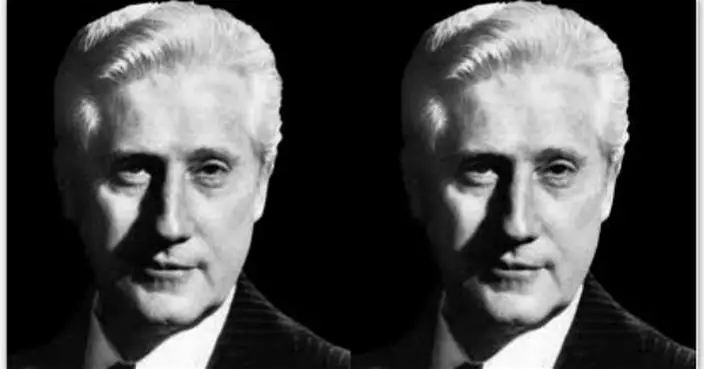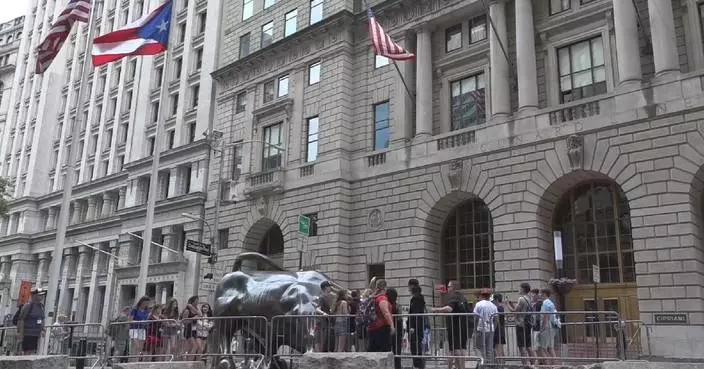The collision of three Norfolk Southern trains in Pennsylvania early this month highlights the shortcomings of the automated braking system that was created to prevent such crashes.
None of the circumstances the National Transportation Safety Board described Tuesday in its preliminary report on the March 2 derailment would have triggered the automated positive train control system to stop the trains.
Not only was the system incapable of stopping the second train before it smashed into the back of a stopped train, but it also couldn't stop the third train. It ran into the derailed cars blockings its track when it arrived less than a minute later.
“PTC today has not generally been designed to protect them in that situation,” railroad safety expert Chris Barkan said.
Congress required railroads to develop the positive train control system after a deadly 2008 collision between a Metrolink commuter train and a Union Pacific freight train in Chatsworth, California. That crash killed 25 people, including the Metrolink engineer, and injured more than 100. It took more than a decade and roughly $15 billion for the railroads to design and complete the system, but it only works in certain circumstances.
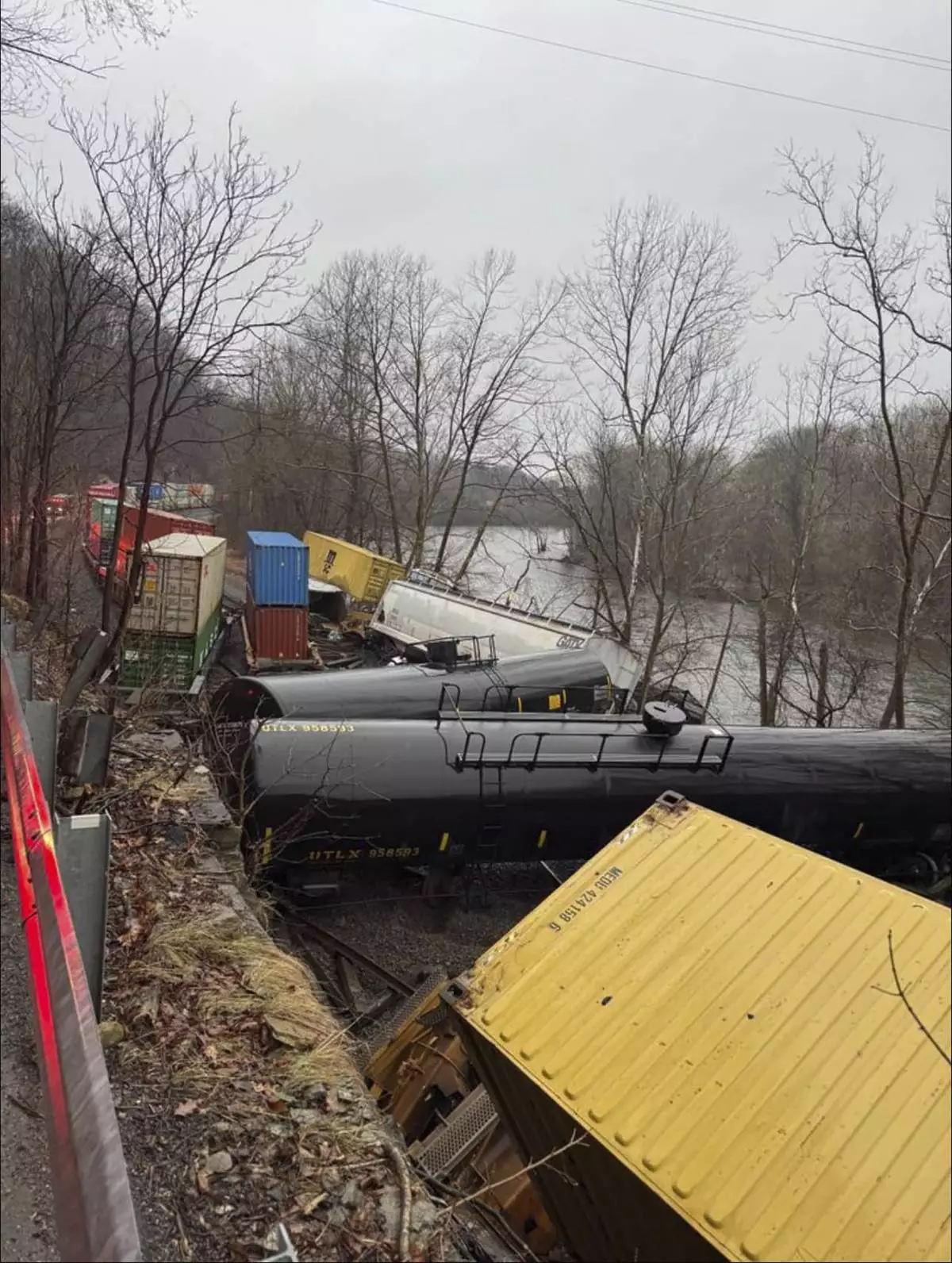
FILE - This photo provided by Nancy Run Fire Company shows a train derailment along a riverbank in Saucon Township, Pa., March 2, 2024. The collision highlights the shortcomings of the automated braking system that was created to prevent such crashes. None of the circumstances the National Transportation Safety Board described Tuesday, March 26, in its preliminary report on the derailment would have triggered the automated positive train control system to stop the trains. (Nancy Run Fire Company via AP, File)
In this Pennsylvania crash, the eastbound train that smashed into a stopped train in Lower Saucon Township along the Lehigh River had slowed to 13 mph (21 kph) after passing a restricted speed signal. But without a stop signal, the braking system would not have been triggered.
The three railcars that derailed after that first collision blocked the adjacent track, and the third train smashed into them at about 22 mph (35 kph). The braking system relies on information from the railroad's signals to stop a train, and it can't detect when something is blocking the tracks. But given that the third train arrived less than a minute later, there wouldn't have been enough time to stop it anyway.
Six railcars, including three carrying ethanol and butane residue, derailed along with two locomotives on the third train, sending the locomotives into the river. No hazardous materials spilled other than the diesel that leaked from the locomotives into the river. The seven crew members aboard the three trains had minor injuries.
Norfolk Southern estimated that the crashes caused $2.5 million damage, but the Atlanta-based railroad declined to comment on the NTSB's preliminary report. The final report that will detail the cause won't be completed for more than a year.
NTSB spokesman Keith Holloway said preliminary information “suggests that PTC limitations were involved in the accident” and no mechanical problems have been found at this early stage.
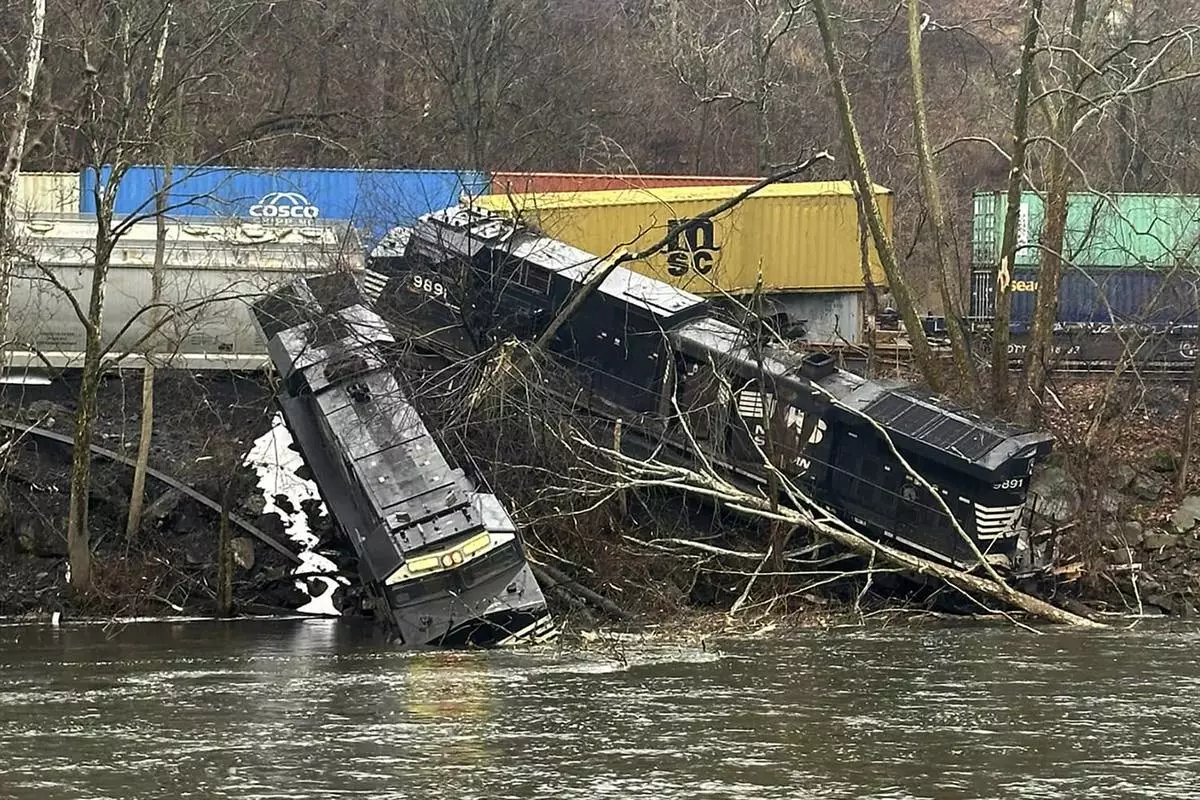
FILE - This photo provided by Nancy Run Fire Company shows a train derailment along a riverbank in Saucon Township, Pa., March 2, 2024. The collision highlights the shortcomings of the automated braking system that was created to prevent such crashes. None of the circumstances the National Transportation Safety Board described Tuesday, March 26, in its preliminary report on the derailment would have triggered the automated positive train control system to stop the trains. (Nancy Run Fire Company via AP, File)
The NTSB said its investigation will focus on the railroad’s rules, procedures and training. Norfolk Southern's safety practices have been in the spotlight since one of its trains derailed in East Palestine, Ohio, in February 2023. That train released hazardous chemicals and caught fire in a derailment that prompted calls for changes in the industry that have largely stalled.
Federal regulations require crews operating a train in restricted speed areas to slow down enough that they will be able to stop within half the distance they can see. The NTSB said a light rain was falling at the time of the crash, but it didn't say whether that impeded what the engineer and conductor could see. The report also didn't say whether there were any curves or hills that made it hard for the crew to see the stopped train.
Barkan, who leads the Rail Transportation and Engineering Center at the University of Illinois at Urbana-Champaign, said a large number of collisions have occurred because crews failed to properly observe restricted speed.


